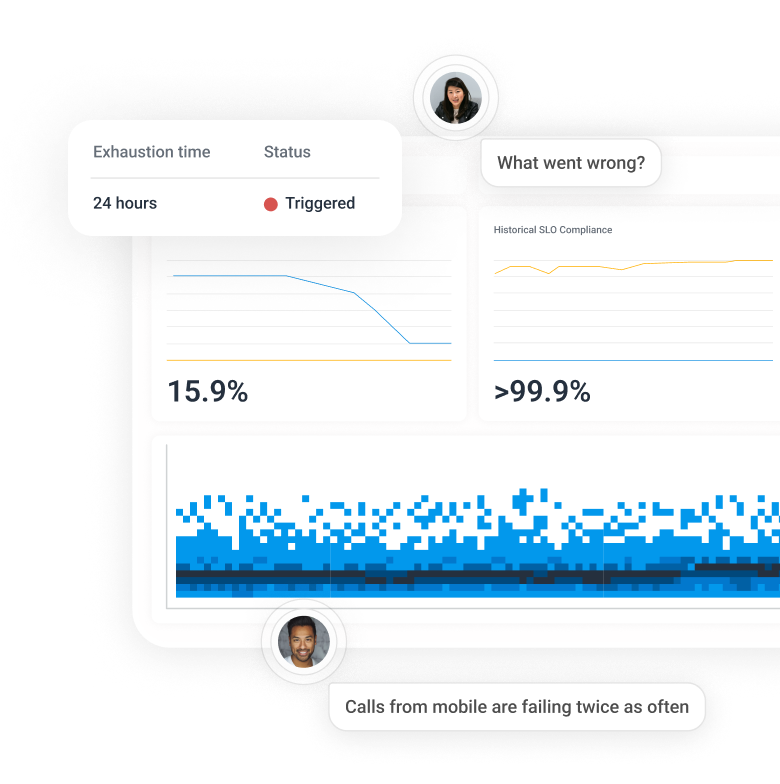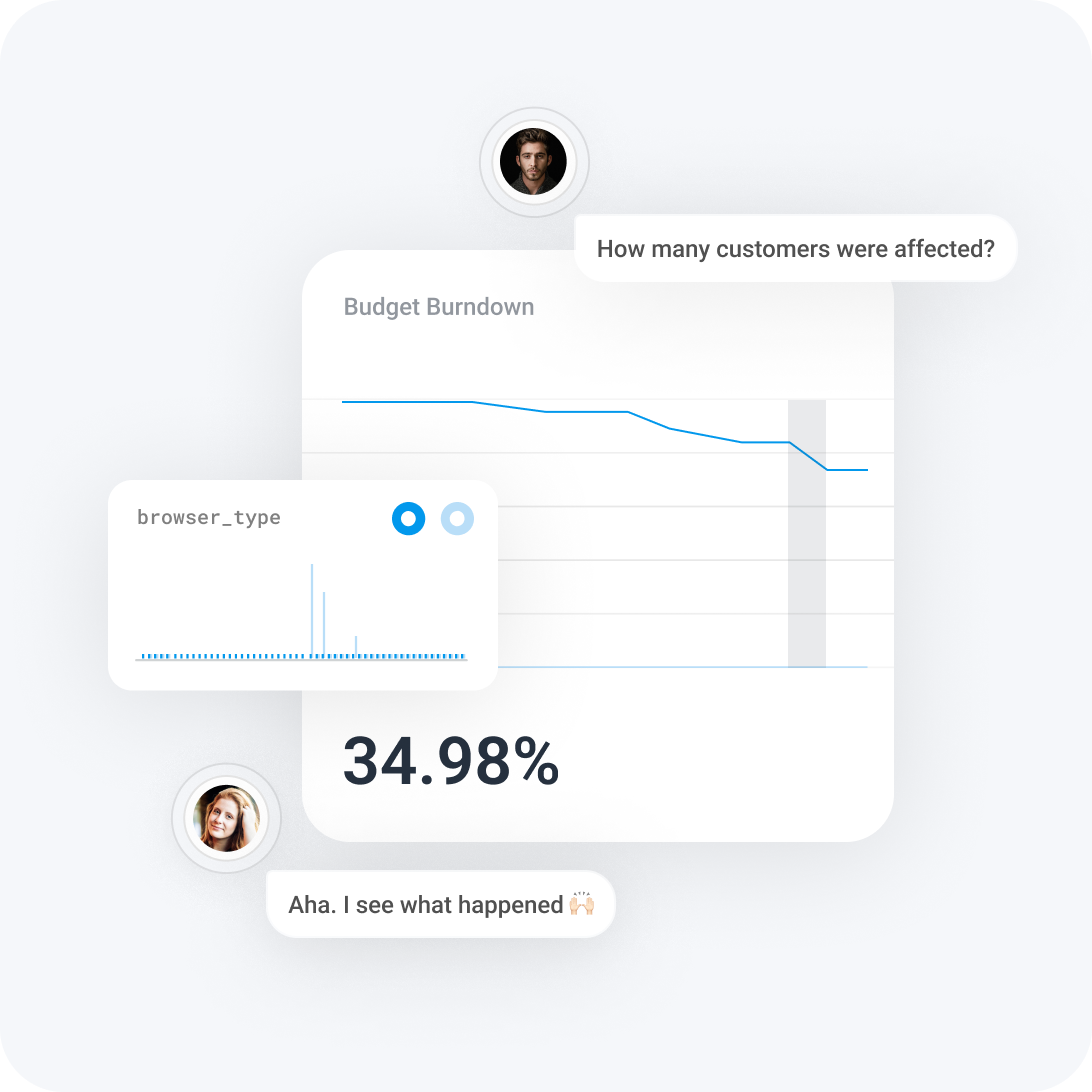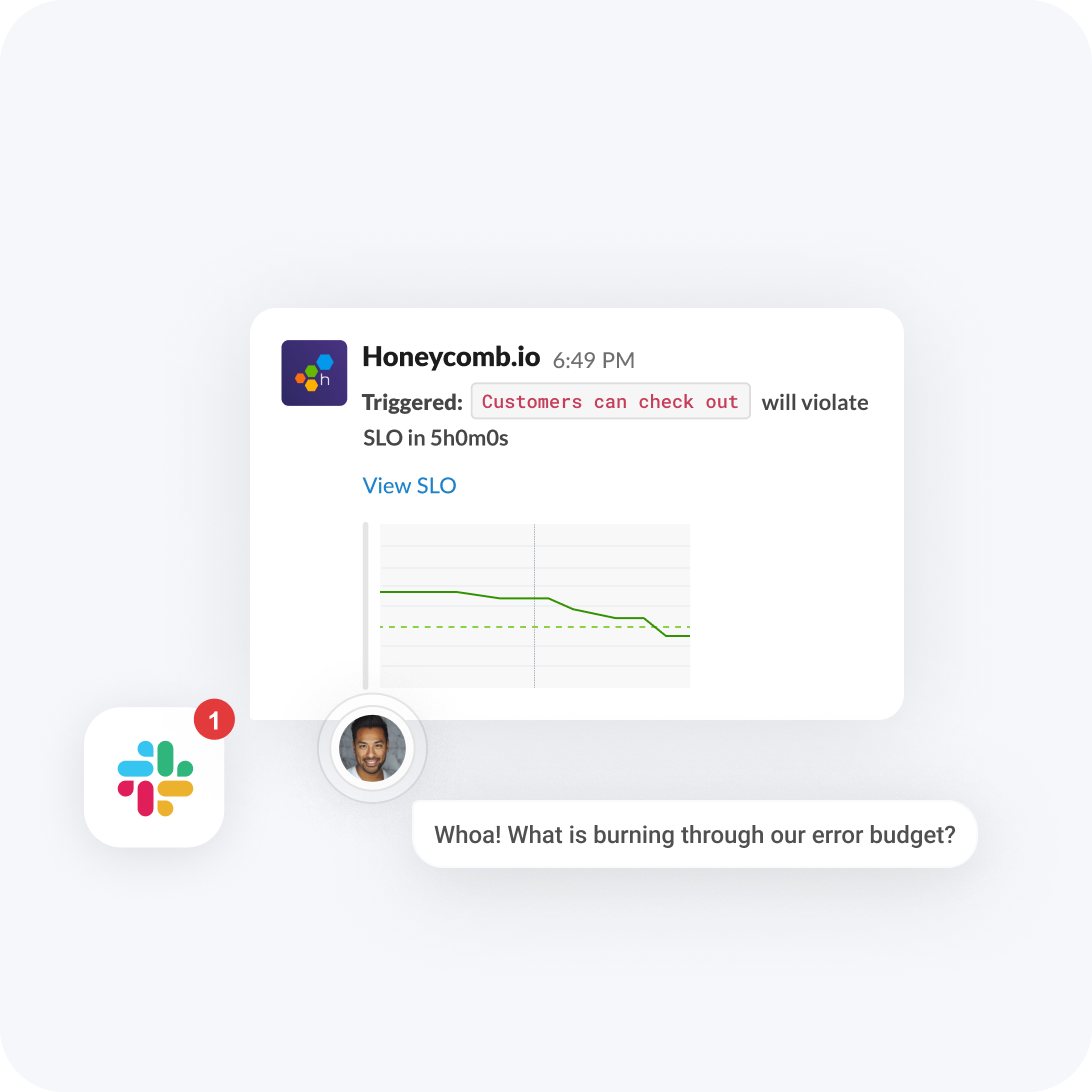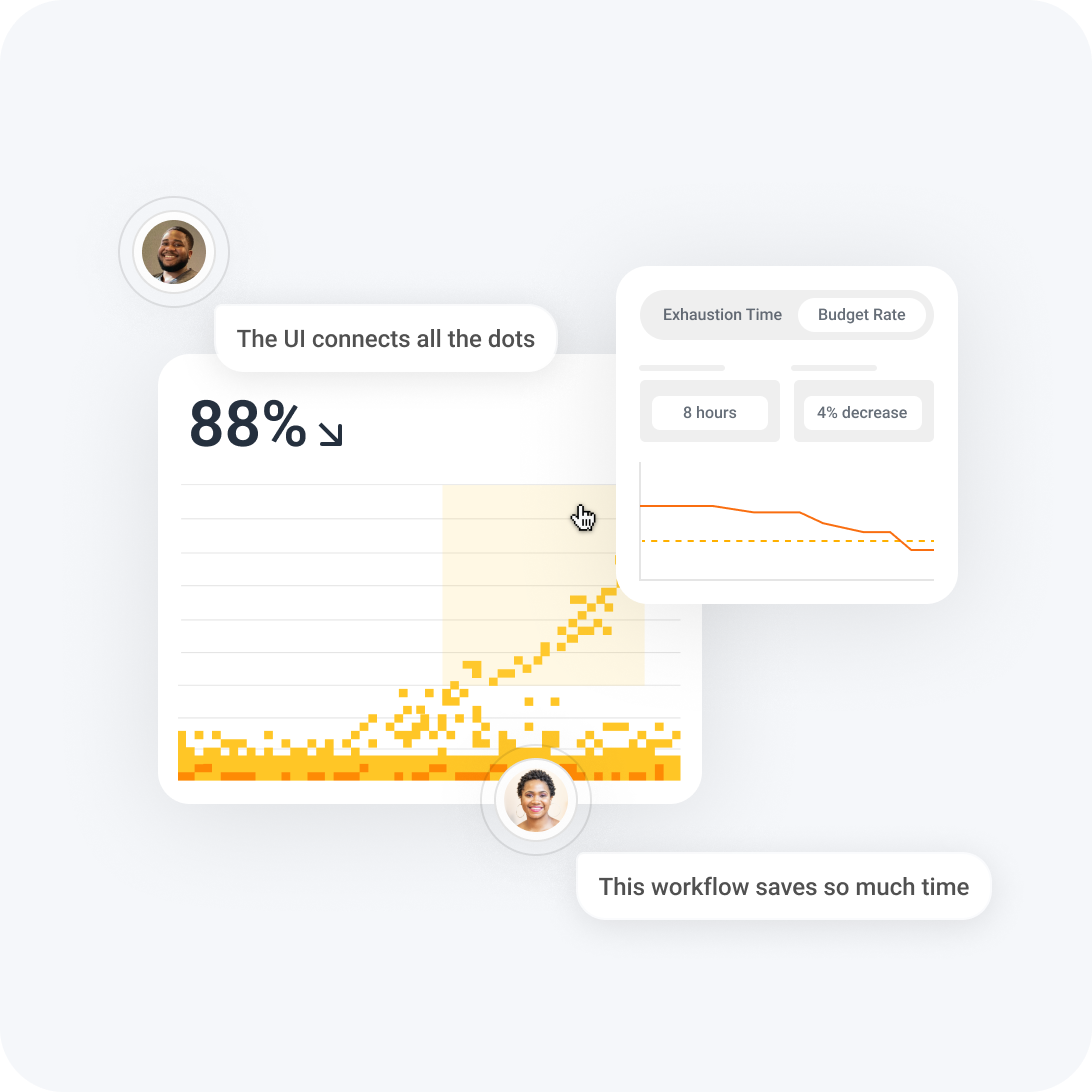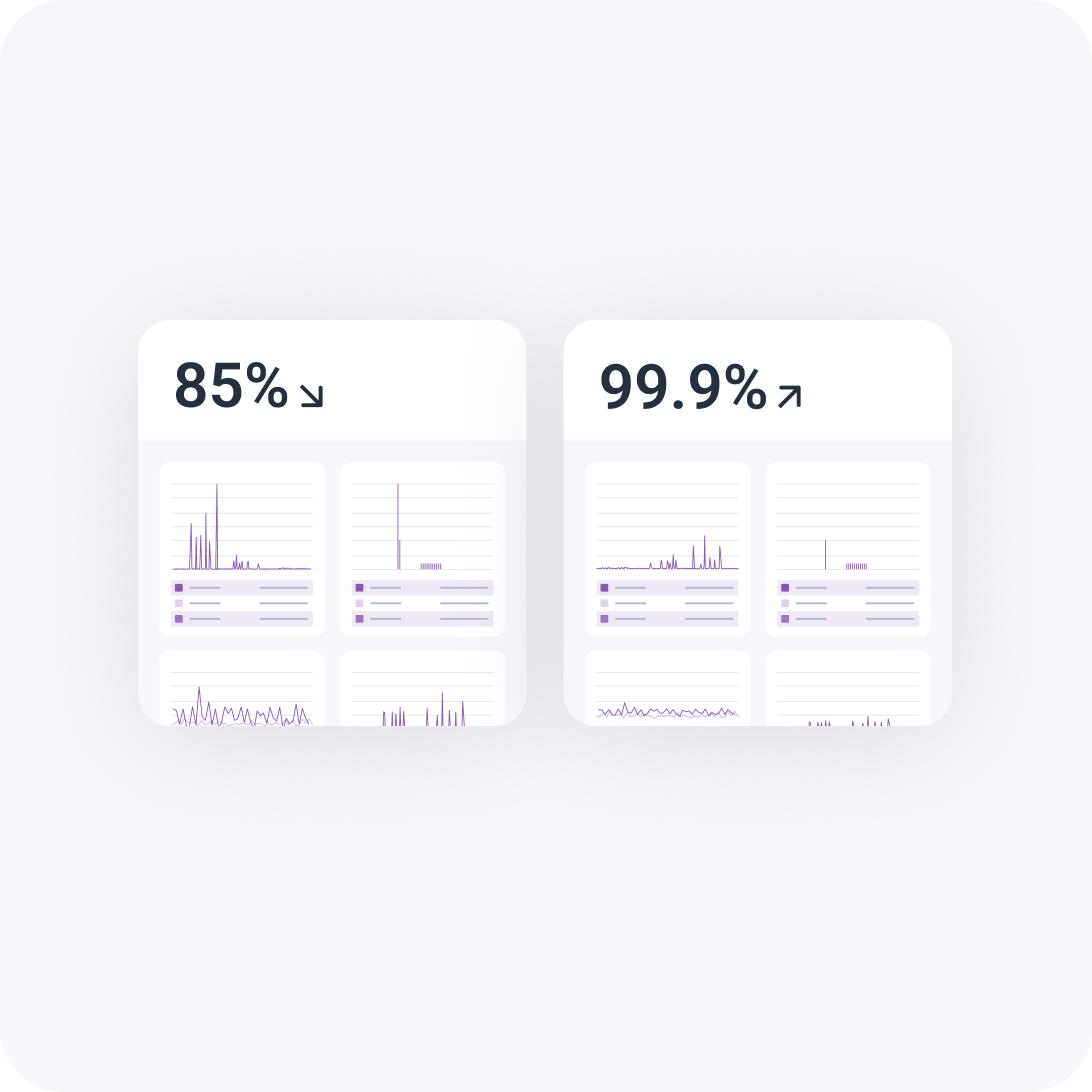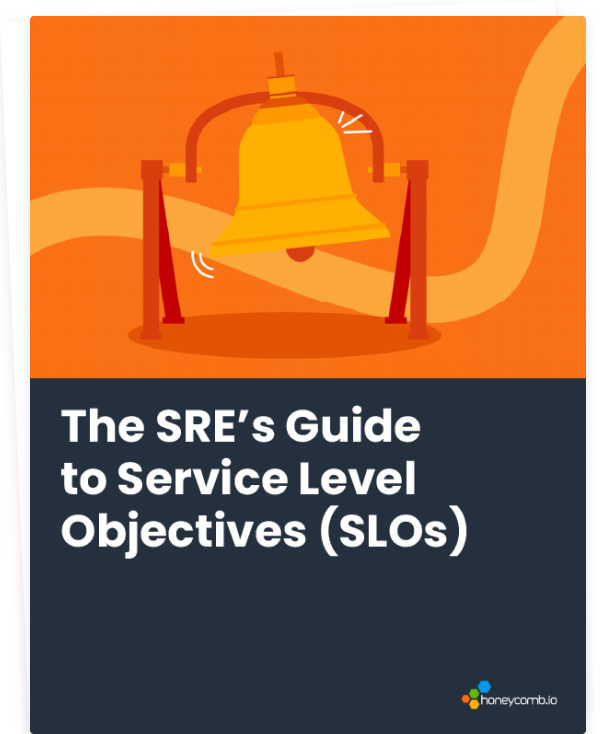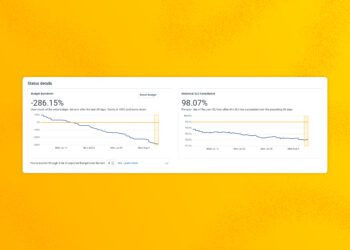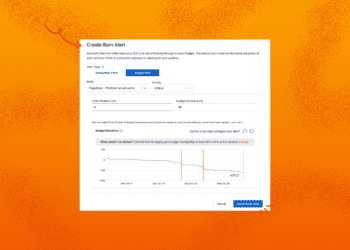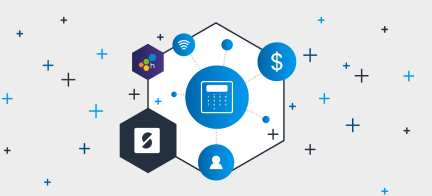
SLOs become a negotiating and prioritization tool for your engineering teams… It forces discussions that, without the SLO, you wouldn’t have until a customer complained.
Matouš Dzivjak
Senior Software Engineer. SumUp
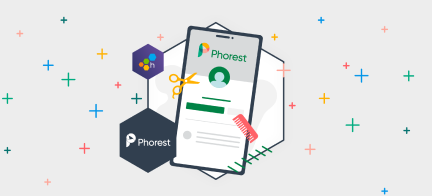
Introducing Honeycomb SLOs has been a gamechanger for us. They serve as a kind of contract between our product managers and engineers where we jointly define appropriate SLOs for each part of the product and agree that if an SLO isn’t met, it’s an indicator of customer impact. We then halt other work and prioritize resolving the issue.
Paul Dailly
Principal Software Engineer, Phorest
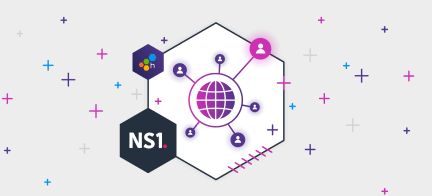
Now when we do a deployment, we can see pretty instantly if we’ve regressed on performance and where specifically we’ve regressed. And we can decide whether to roll something back or close out the scope of work.
Nate Daly
Head of Architecture, NS1



